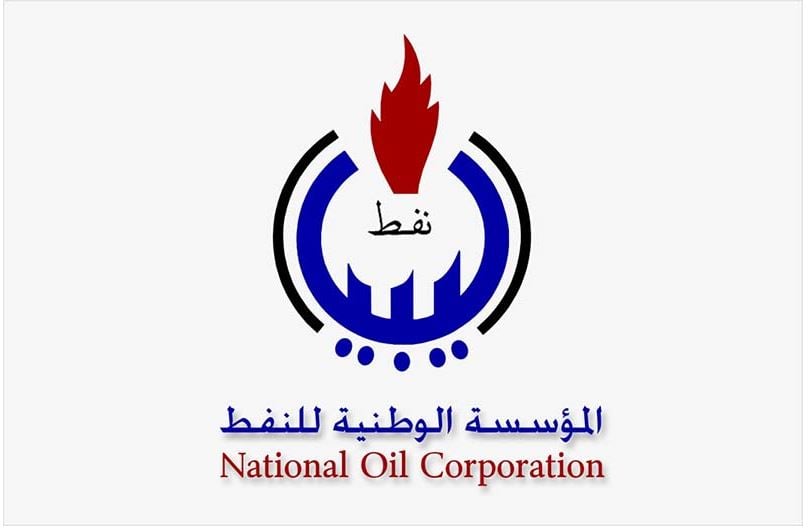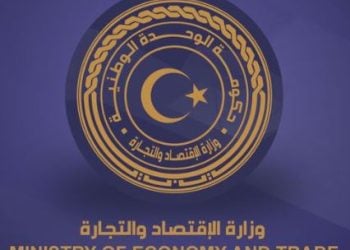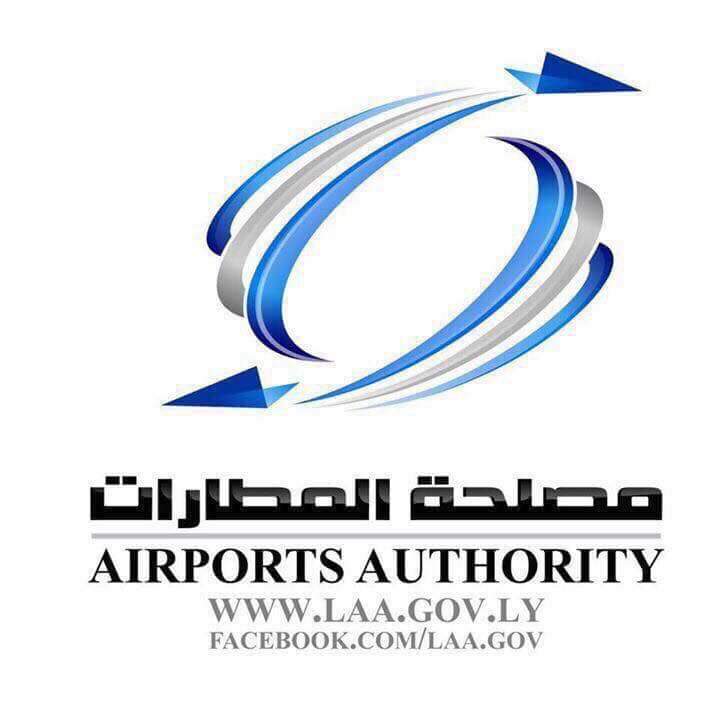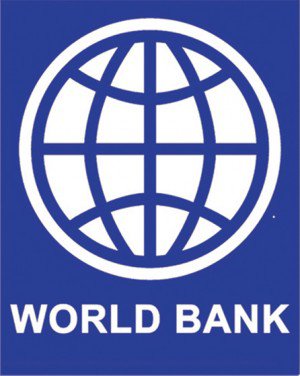By Jamal Adel.
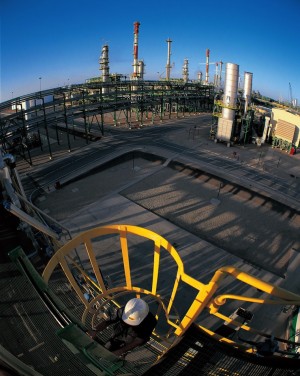
Beida, 8 January 2015:
Libya’s oil exports are collapsing and gas exports to Italy have been halved. The only Libyan . . .[restrict]oil export terminal now working at full capacity is the 51,000 b/d Hariga facility at Tobruk.
An engineer with AGOCO, the fully-owned National Oil Corporation subsidiary that runs Hariga told the Libya Herald that the port was working normally. However as a result of Libya Dawn attacks from Sirte, the country’s largest terminal, at Sidra (447,000 b/d) along with nearby Ras Lanuf (195,000 b/d) and Brega (51,000 b/d) have ceased operations. There are conflicting reports as to how fully the Zuetina terminal (214,000 b/d) is working.
With many western oil fields shut down because of fighting, analysts are saying that oil production now hovers around 300,000 b/d. Some doubt it is even that high. A year after the success of the revolution, output had breasted 1.6 million b/d and seem set fair to pass the 2 million b/d mark early last year.
Meanwhile in the west of the country, both Mellitah and Zawia exports terminals continued to suffer disruption. It was originally reported that bad weather was responsible. However NOC spokesman Mohamed Al-Harari has been quoted in the newspaper Alwasat as saying the “technical problems” in the Bahr Essalam field, 110 kilometres offshore from Tripoli largely accounted for a halving of the amount of gas being piped to Italy.
The gas is landed at Mellitah where it is processed before being piped to Gela in Sicily. In normal times, 11 million cubic metres of gas a day goes to the Libyan market with 21 million a day going for export.
Italian state oil firm Eni is a partner with the NOC in both the Bahr Essalam field and the 520-kilometre transMediterranean GreenStream pipeline. Mellitah also takes gas from the onshore Wafa field. Part is used by Zawia power station.
[/restrict]


